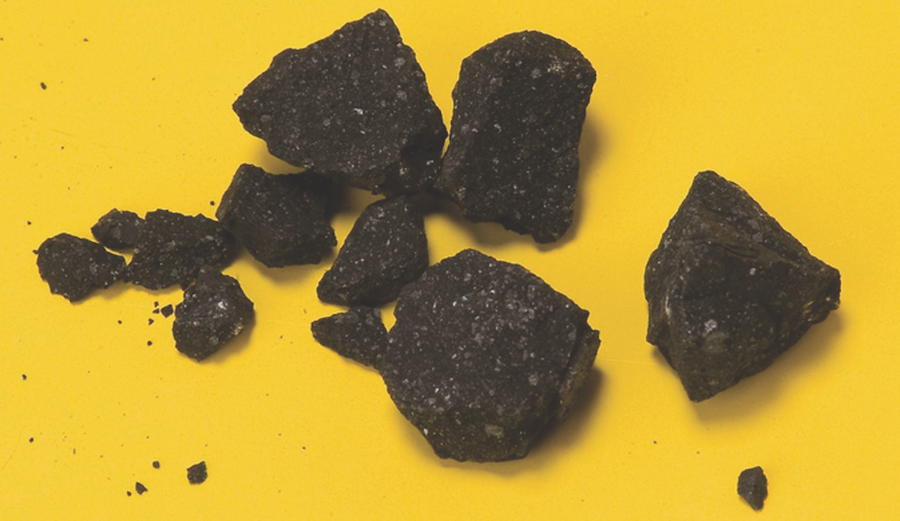I do a lot of my stargazing in New York City. That’s where I watched the transit of Mercury last month. I set up my telescope (with a solar filter) on a Manhattan street corner, and invited passersby to look. I thought I should manage expectations, and so I warned everyone who came up to the eyepiece: “The big orange disk is the Sun. The tiny black dot is Mercury — it won’t look like much.”
To my surprise, people were excited by what they saw. And those who stuck around were even more excited when, after some time had passed, they looked again and could see that Mercury had moved. Several people stayed there for hours, watching Mercury make its way across the face of the Sun, until clouds rolled in and the view was lost.
My last column was about the slow, grand procession of the stars over the course of a year. But the transit of Mercury is one of those faster, more exciting celestial events. Even faster: the annual Geminid meteor shower, which will occur this year on Dec. 13 and 14.
Meteors — shooting stars — can be seen on any night. The set-up is easy: stand anywhere, look up in any direction, and keep looking. Resist the urge to turn to your companions and complain that you haven’t seen anything yet, because that’s the precise moment when it will happen — a bright streak across the sky, which vanishes in the blink of an eye. That’s a meteor: a small piece of rock that has entered Earth’s atmosphere at high speed and is burning up from the heat of friction as the air slows it down. They typically range in size from a grain of sand to a small pebble. They look that bright because they’re going really fast, generating a huge amount of heat, and glowing with gases. Space is mostly empty, yet there are enough of these little rocks out there that our paths frequently intersect. On an average night, you might see four to eight meteors per hour, coming from different directions in the sky.

Meteor showers are different. They occur regularly, scattered throughout the year, when the Earth passes through the debris trail of a particular comet, or, more rarely, the debris trail of a “shedding” asteroid (the Geminids are one of these latter types). During a meteor shower, you’ll see many more shooting stars per hour, often brighter and bigger than on other nights, and they’ll appear to originate from the same point in the sky.
The shower takes its name from the constellation that happens to coincide with this point. Geminid meteors appear to originate from the constellation Gemini, the Leonids in November from Leo, and so on.
The Geminid shower is one of the better ones. It will begin at about 9 p.m. on Friday, Dec. 13, when Earth enters the densest part of the debris trail, and will continue through 6 p.m. on Saturday, Dec. 14, when we exit it. Dress warmly, take a thermos of hot tea, head outside to where you can see a big patch of sky, and look up. You don’t have to look in any particular direction — though they originate in Gemini, in the east, they will appear more randomly. Just keep looking. A nearly full moon will obscure the fainter meteors this year. But this shower is still worth the effort to observe. You might see 25 to 50 meteors per hour, and you never know when a really big one will strike the atmosphere.
I vividly remember the more dramatic meteors I’ve seen, which truly looked like falling stars: swift and short-lived bursts of light that raced across the sky and left behind glowing trails that slowly dissipated, and sometimes one meteor after another in a burst of activity. Think about the contrast between the stately, barely perceptible motion of the stars and the furious death-fireworks of meteors. How satisfying and beautiful.
Clear skies!
